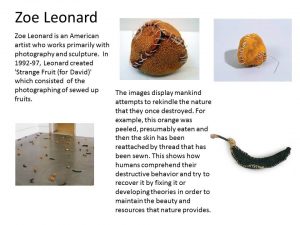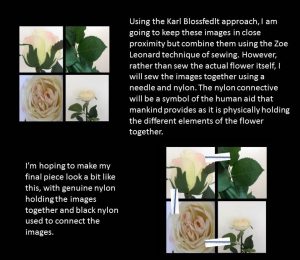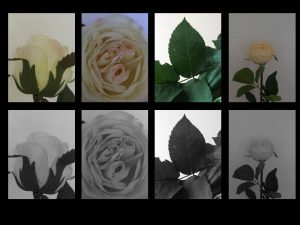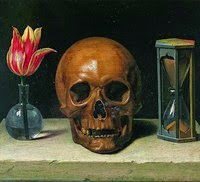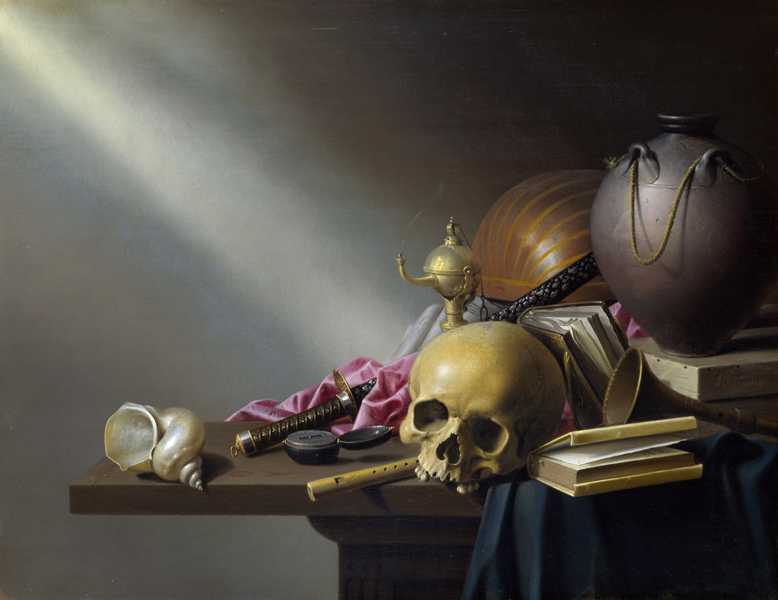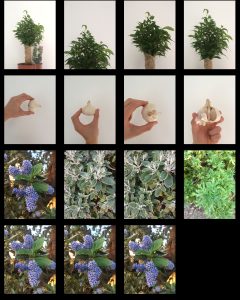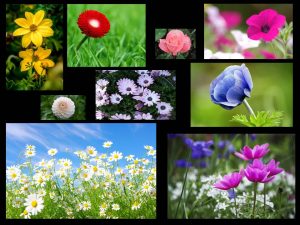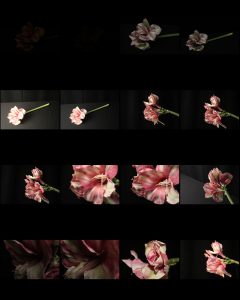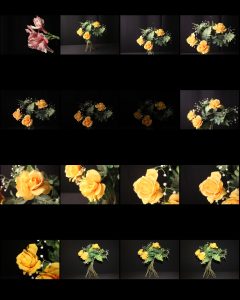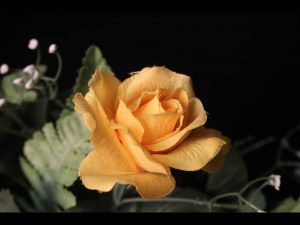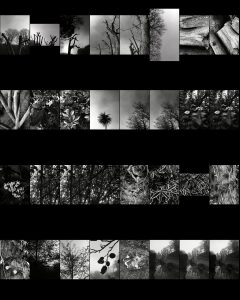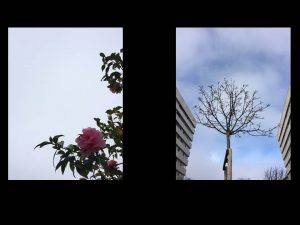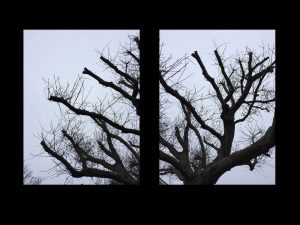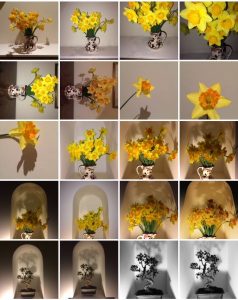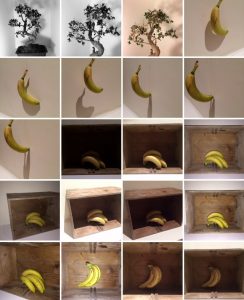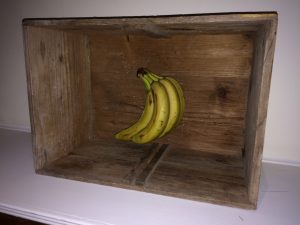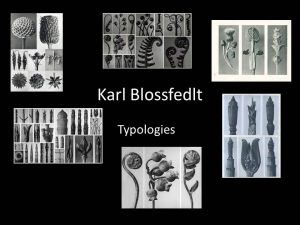
Portraiture of women with flowers is a very effective technique which exploits the elegance of both model and flower. The vibrancy of the flowers coincides with the gentle nature of the model.
An idea sparked to combine both humans and nature in a controlled photo-shoot to get a broader range of natural structures. Previously, I’ve attempted to display the destructive nature of the human race upon other elements of the natural environment but I’d prefer to maintain a more positive tone and shed light upon the positive aspects that humans do in order to aid nature. In this photo-shoot I’ve tried to capture humans, who are fundamentally at the top of the food chain, join forces with nature which is represented by flowers. The close proximity of the relationship will be portrayed through close-up portraits of a delicate flower and an elegant and gentle model.

Although short in terms of quantity, I believe these images are very strong. Both the model and flower are very complimentary of one another in this photo-shoot which establishes the close relationship between human and nature as they coincide with one another.

Once cropped, the rule of thirds is valid as primarily, the face and the flower are both in the centre of the nine-squared grid. The focus of the image is directly on the face of the model which allows the emission of the image’s colours. The vibrancy of the pink flower, the model’s brown eyes, pink lips and blonde hair contribute to form an organised array of colour. There is clear examples of linear in the photograph as the model’s strap, collarbones, hair parting, the flower’s stem and jawline give a portrayal of structure, coinciding with the rule of thirds scheme. The flash lighting in a dark, yet controlled setting helps bring out crucial elements of the two objects in question as the model;s crisp facial definition is exposed, as well as the petals of the flower.
The stem of the flower divides up the model’s face and leaves a shadow upon the upper sector of the face. The top of the flower reaches the same height as the model, portraying the two species as the same height and essentially promoting natural equality. I’ve attempted to show the close relationship between the sincere humans who comprehend the deficit of mankind upon the natural environment and try to alter the inconsiderate humans ways, with the beauty of the natural world and try to demonstrate why the considerate humans among us attempt to save it.
